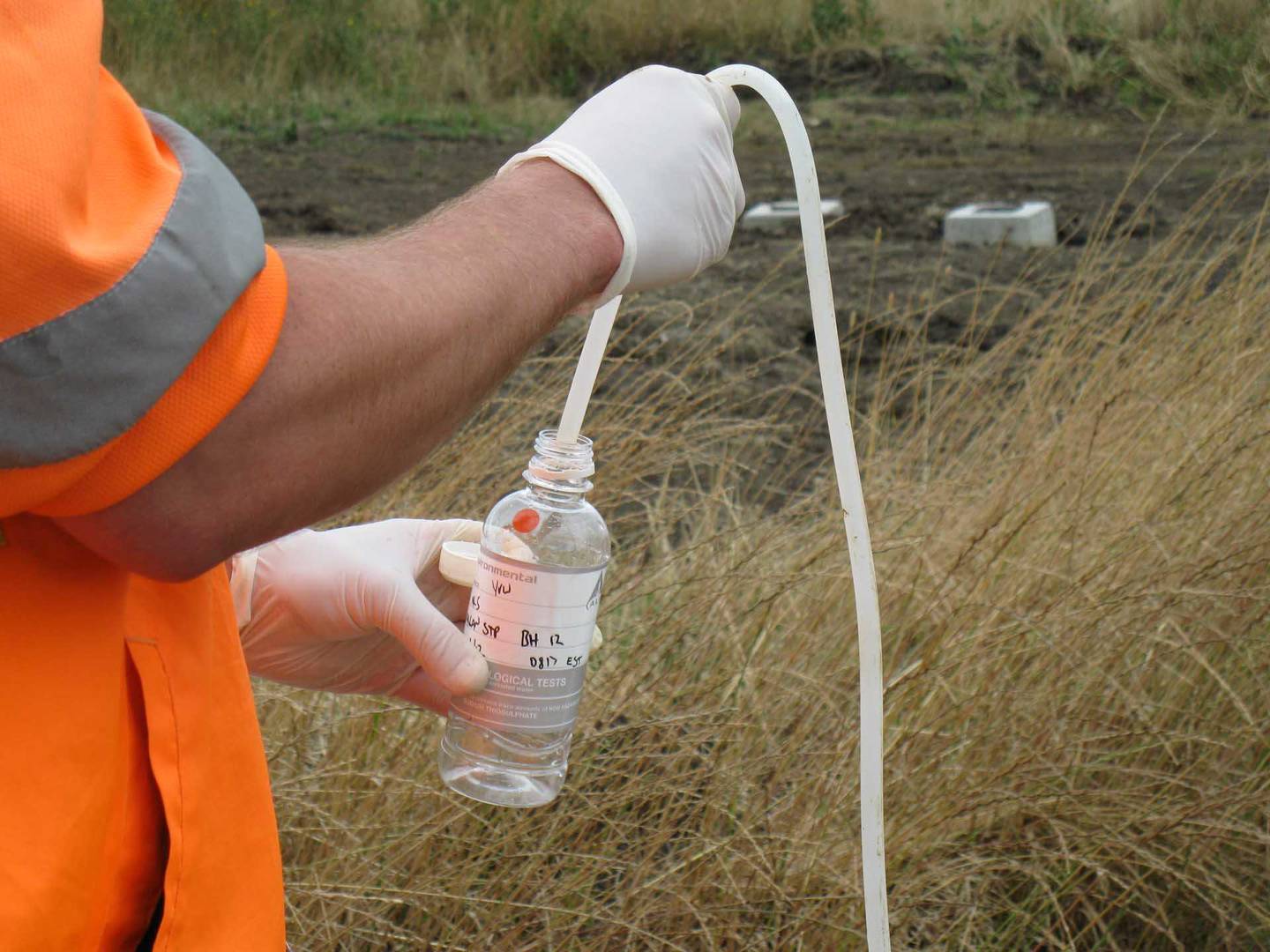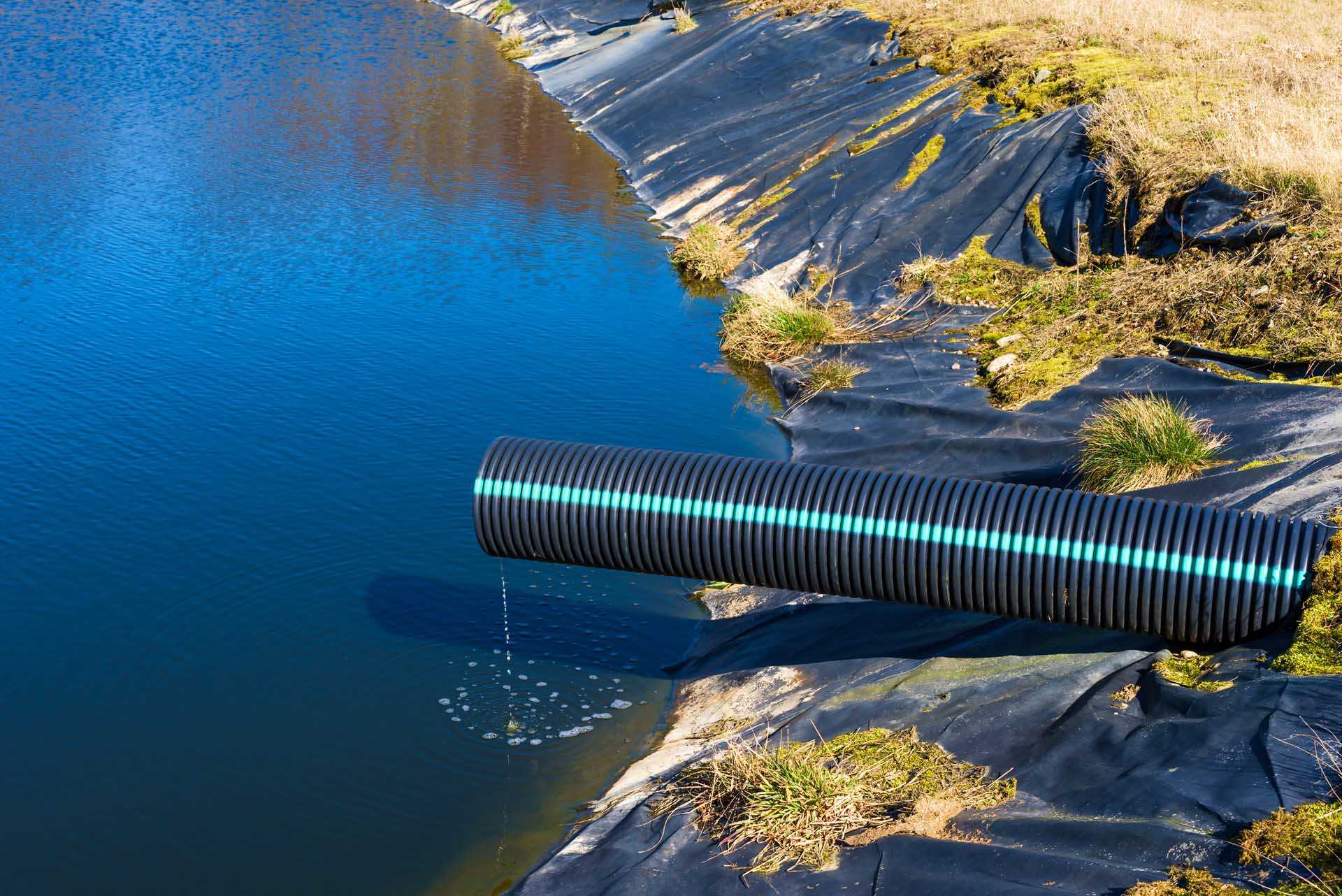-
 Buscar
Buscar
Search
-
 español
español
-
 Iniciar sesión
Iniciar sesión
ALS Solutions
ALS Solutions le proporciona acceso online a su información analítica y de muestras desde cualquier lugar.
Iniciar sesiónGeochemistry WebtrieveTM
Recupere los resultados y realice un seguimiento del progreso de las muestras en tiempo real con acceso a productos digitales destacados como CoreViewer™ y ALS QCPro™.
Iniciar sesión
Tribology 360
Esta práctica aplicación permite a los clientes realizar un seguimiento riguroso de los informes de análisis de aceite en curso a tiempo real.
Iniciar sesión
























































